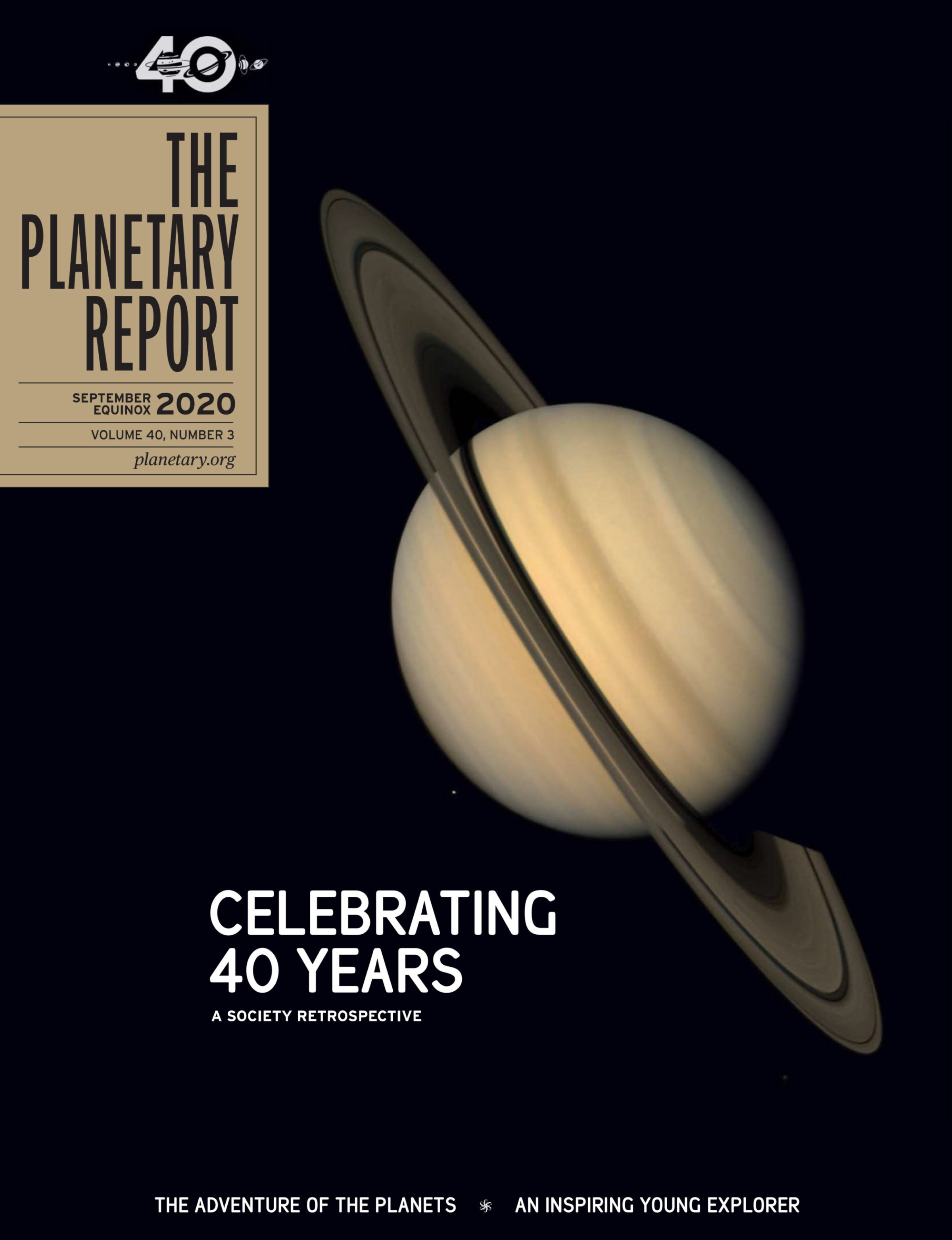A Planetary Society Retrospective
How do you top landing humans on the Moon? For NASA, the answer was planetary exploration. Spacecraft built by the agency’s Jet Propulsion Laboratory (JPL) in Pasadena, California filled the 1970s with planetary firsts: Mariner 9 orbited Mars, Mariner 10 flew past Mercury, Pioneer 10 visited Jupiter, and Pioneer 11 made it to Saturn. The Viking probes performed the first Mars landing in 1976, and a year later, the dual Voyager probes embarked on a grand tour of the solar system.
Things looked less rosy at the end of the decade. The high-dollar Viking and Voyager programs came at a cost, stifling the development of smaller missions. Meanwhile, the fledgling Space Shuttle program was behind schedule, over budget, and gobbling up more and more of NASA’s budget. Policymakers used a perceived lack of public interest in planetary exploration as an excuse to slash budgets further, and at one point in the early 1980s, NASA seriously considered divesting itself from JPL altogether.
Bruce Murray, a California Institute of Technology planetary scientist who had played key roles in many NASA planetary exploration firsts, took command of JPL in 1976. Murray was alarmed at the situation, as was Carl Sagan, a Cornell University astronomer who was making a name for himself as a public science communicator. Murray and Sagan wanted to build a grassroots advocacy group to prove there was public support for planetary exploration. They identified Louis Friedman, a JPL engineer who was finishing a 1-year fellowship in Washington, D.C. learning the inner workings of Congress, as the potential organizer of such an organization. On 30 November 1979, Murray, Sagan, and Friedman formed The Planetary Society. According to its formation documents, The Planetary Society was founded to spread public awareness of planetary exploration and the search for life, share the latest findings from those efforts, and stimulate the development of new science and technology projects.
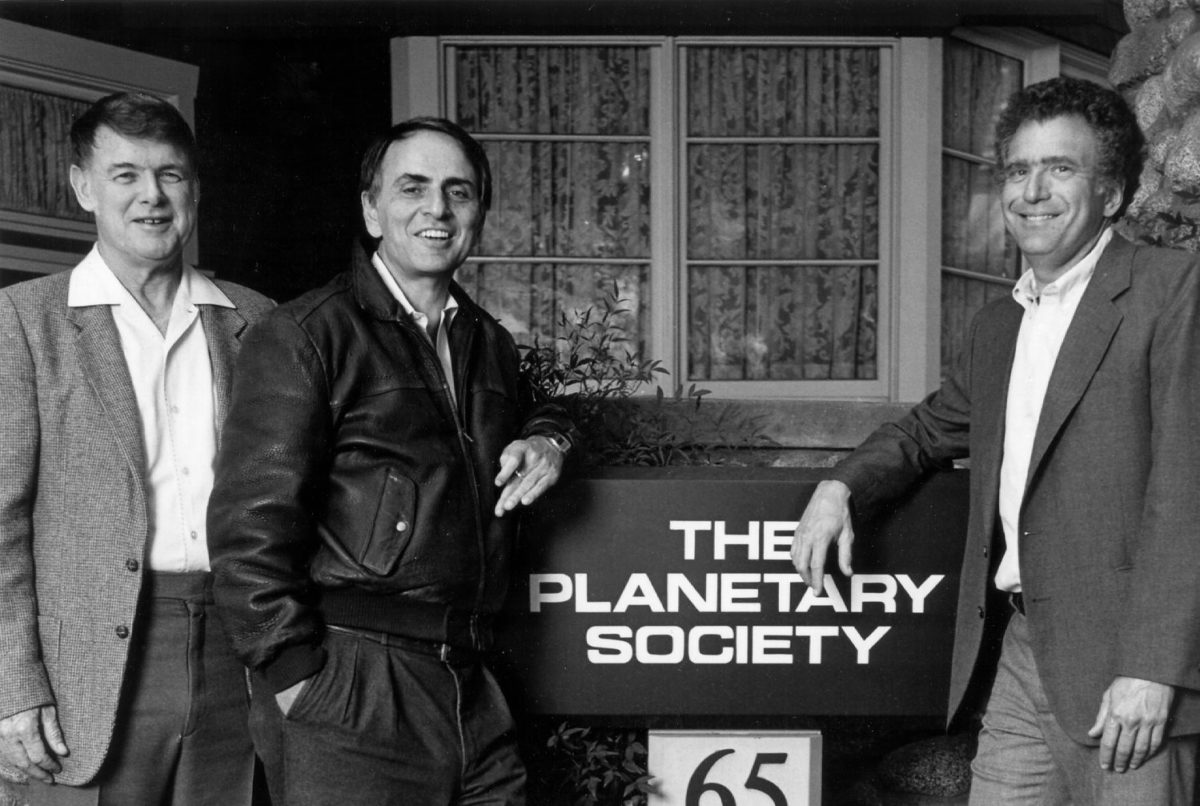
Forty years later, none of that has changed except the addition of defending Earth from dangerous asteroids. Our members and supporters have delivered hundreds of thousands of petitions to the U.S. Congress and have changed the political fortunes of planetary missions. We have funded groundbreaking technological advancements in solar sailing. We have united researchers from around the world to work together on asteroid defense. Today, we are the world’s largest and most influential independent space-interest organization.
To celebrate The Planetary Society’s 40th anniversary, we’re looking back at some big moments in planetary exploration during our existence along with our own milestones in helping to advance space science and exploration. While we couldn’t possibly list all the amazing accomplishments of the past 4 decades (we know of at least 35 space missions that didn’t get a mention), we tried to include major scientific and cultural milestones—moments likely to be remembered by the general public and achievements relevant to our organizational priorities. Here’s to the next 40 years. There’s so much more to explore.
The 1980s
There was much work to be done after The Planetary Society’s formation. Budget cuts, along with an ill- fated U.S. policy to launch all missions on the Space Shuttle, created what is often referred to by planetary scientists as the "lost decade." No new U.S. planetary missions were launched from 1978 to 1989, and only through sustained appeals from organizations like The Planetary Society did NASA’s planetary program survive.
At a time when U.S. government scientists were barred from working with the Soviet Union, The Planetary Society helped bring the 2 superpowers closer together. By the end of the 1980s, things were starting to look up: the Space Shuttle finally launched the long-delayed Magellan and Galileo missions. Brighter days were ahead.
Society Events
1980
- Planetary Society members begin funding efforts for SETI, the Search for Extraterrestrial Intelligence, along with exoplanet research.
- The first issue of our member magazine, The Planetary Report is published.
1981
- The Planetary Society launches its first political action campaign, lobbying for a U.S. mission to Halley’s comet. Supporters send more than 10,000 letters to the White House, which are in turn forwarded to NASA unopened. Future campaigns would be more effective.
- The Planetary Society holds its first Planetfest celebration for Voyager 2’s flyby of Saturn. Many more Planetfests have since been held for planetary encounters and landings.
1982
- Members begin funding Eleanor “Glo” Helin’s near-Earth object research and continue to support her work for more than a decade.
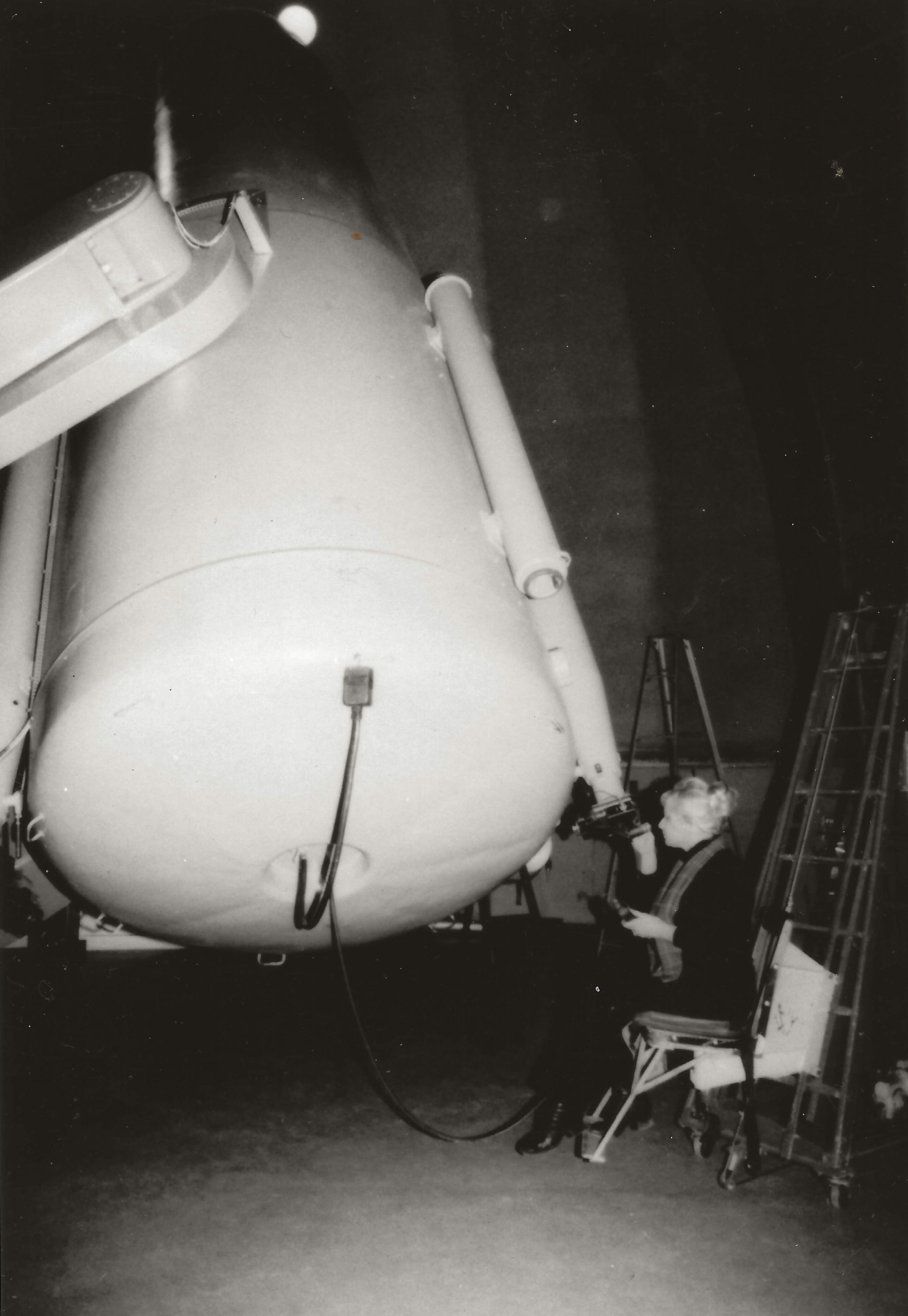
1983
- Carl Sagan, writing on behalf of The Planetary Society, urges NASA to send a spacecraft to Saturn and Titan. The eventual mission, Cassini, would launch in 1997.
1984
- The Planetary Society begins advocating for international cooperation in planetary exploration and organizes a meeting between U.S. and Soviet scientists in Graz, Austria.
1985
- Paul Horowitz, Carl Sagan, and Steven Spielberg, along with his son, Max, activate project META, a Society-sponsored, radio-signal-based search for extraterrestrial intelligence at Harvard’s Oak Ridge Observatory.
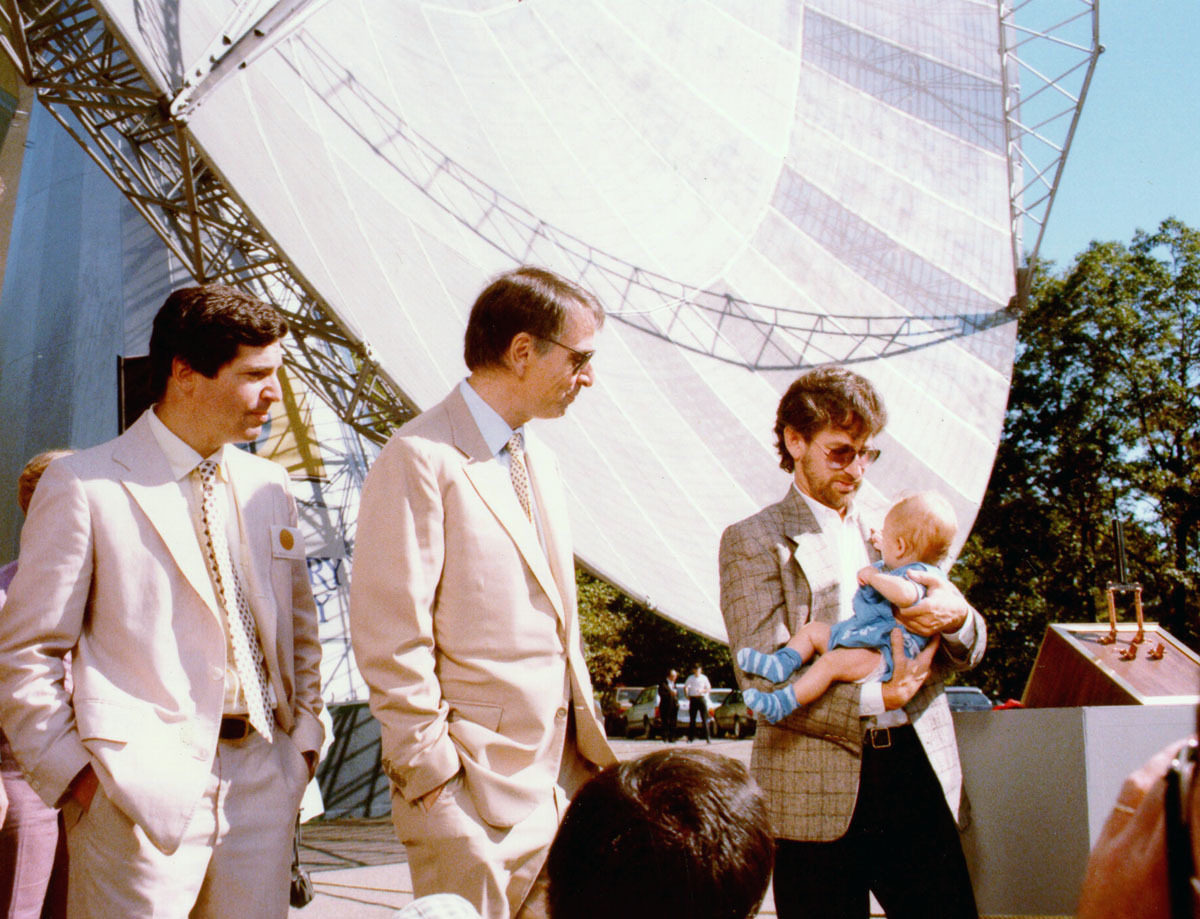
1987
- Planetary Society members enable Spacebridge, a televised event bringing together American and Soviet space scientists via satellite to advocate for cooperative human and robotic space exploration of Mars.
1989
- Planetary Society membership reaches an all-time high of 125,000 members in over 80 nations. It was one of the fastest-growing membership organizations of the decade, thus proving strong citizen interest in space exploration.
- The Planetary Society celebrates NASA’s Voyager 2 Neptune flyby with Planetfest ’89—a 5-day event in Pasadena, California that attracts more than 15,000 guests. Legendary rock and roller Chuck Berry serenades the spacecraft as it leaves the solar system with a rendition of “Johnny B. Goode” that includes the lyrics “go, Voyager, go!”

Space Events
1980
- Arnaldo Tamayo Méndez becomes the first Black astronaut in space, launching aboard the Soviet Union’s Soyuz 38 spacecraft.
- NASA’s Voyager 1 probe flies past Saturn. From there, its trajectory takes it into interstellar space. It is still operating today.
- Cosmos: A Personal Voyage premieres on PBS.
- Scientists Walter and Luis Alvarez propose that an asteroid impact caused the extinction event that killed off the dinosaurs.
1981
- Space Shuttle Columbia launches on the program’s first flight.
- NASA’s Voyager 2 spacecraft flies past Saturn and continues on to Uranus.
1982
- The Soviet Union’s Venera 13 lander captures the first color pictures from Venus’ surface.
1983
- Sally Ride becomes the first American woman in space.
- Guion Bluford becomes the first Black NASA astronaut in space, flying aboard Space Shuttle Challenger.
1986
- The Soviet Union launches the first piece of the Mir space station.
- A fleet of international spacecraft fly by Halley’s comet. NASA is not among the participants due to budget cuts and Space Shuttle delays that happened in the late 1970s and early 1980s.
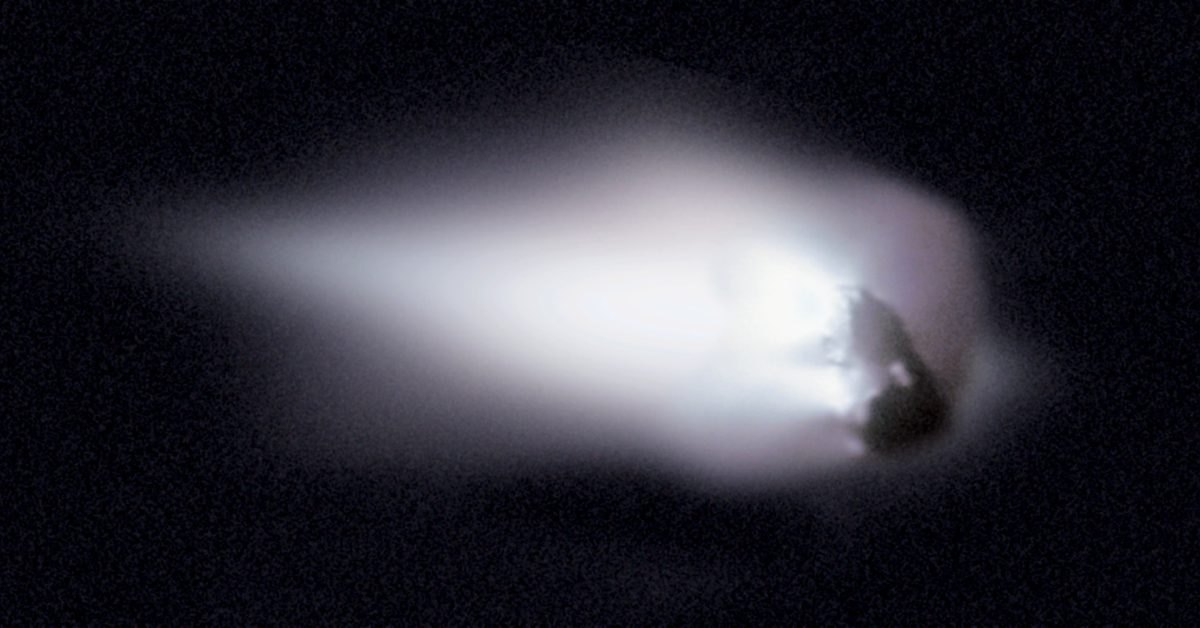

1989
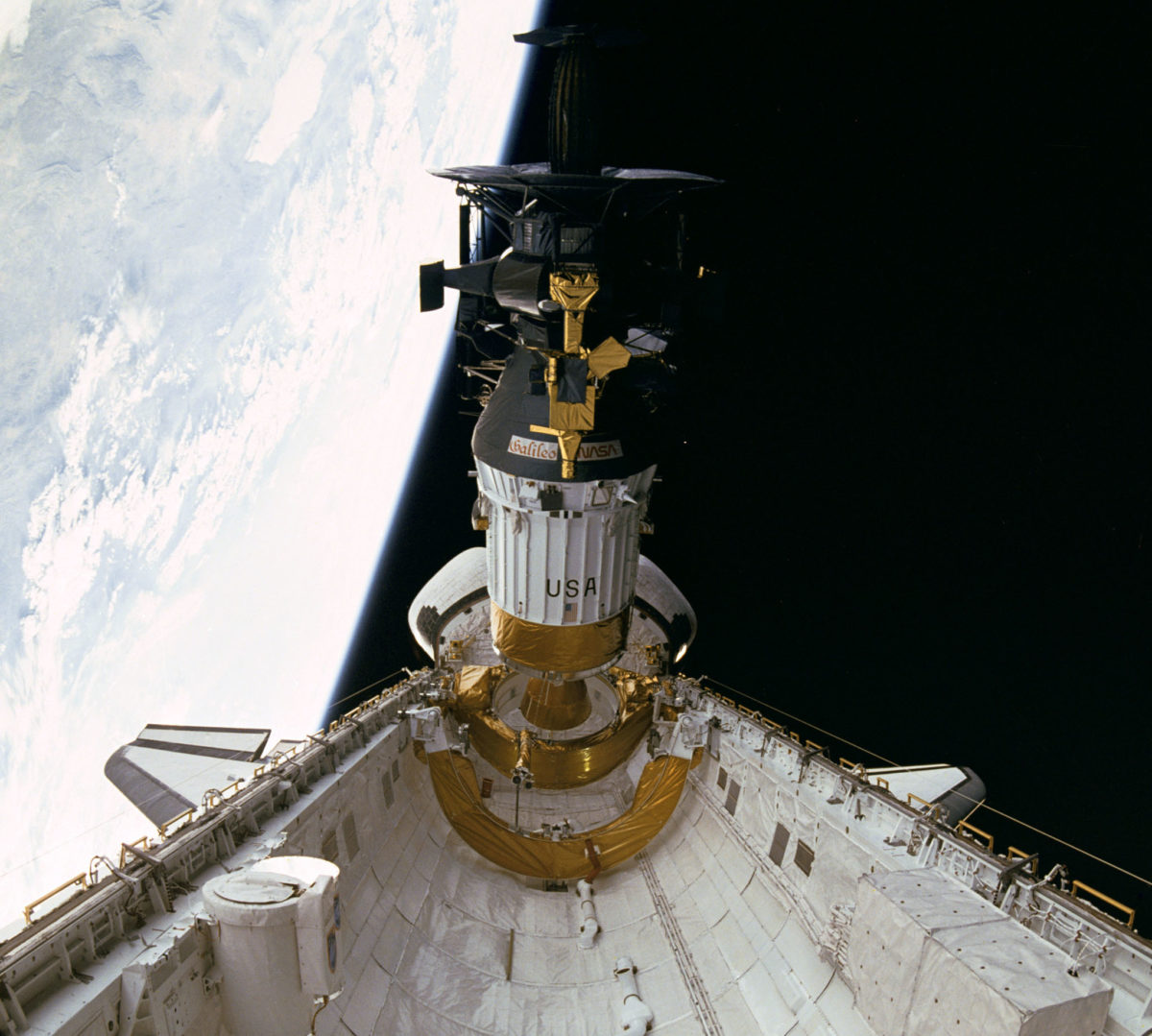
The 1990s
In the late 1980s and early 1990s, NASA’s budget rose again only to decline once more starting in the mid-1990s. In order to maintain a steady pace of planetary exploration missions, the agency introduced its “Faster, Better, Cheaper” approach to mission design. For the first time in 20 years, Mars became a major focus with the start of a systematic, long-term program to understand the Red Planet.
The Planetary Society, which had been advocating for Mars exploration for years, sponsored several related technology-development efforts. Our Mars Balloon was slated to fly on the Soviet Union’s Mars ‘96 mission before the mission was canceled. Society-funded rover tests in Death Valley, California helped pave the way for NASA’s Mars Sojourner rover. Our Mars Microphone flew on NASA’s Mars Polar Lander in 1999, becoming the first crowdfunded science experiment to fly to another planet. Sadly, Polar Lander crashed on the surface.
Society Events
1990
- Planetary Society members support testing of a Mars Balloon slated to fly on the Soviet Union’s Mars ‘96 mission. Although the mission is canceled, the Mars Balloon effort leads to the Society’s role in helping to develop rover technology.
1992
- The Planetary Society sponsors Mars rover tests in California’s Death Valley.
1995
- A Society expedition sends members to Belize to search for evidence of the Chixculub asteroid impact that wiped out the dinosaurs.

1996
- Planetary Society cofounder Carl Sagan dies at age 62.
- NASA’s Pathfinder spacecraft launches to Mars carrying Sojourner, a rover named through a Planetary Society contest. The Pathfinder lander also contains a “microdot” with the names of 100,000 Planetary Society members.
1997
- Planetary geologist Gene Shoemaker, an early advocate for near-Earth object sky surveys, dies in a car accident. The Planetary Society establishes the Shoemaker Near-Earth Object Grant program in his honor to fund astronomers who discover and characterize asteroids that might threaten Earth. To date, Society members have funded 62 grants totaling $440,000.
1999
- The Mars Microphone, funded entirely by Planetary Society members, launches to Mars aboard NASA’s Mars Polar Lander. The spacecraft crashes on arrival.
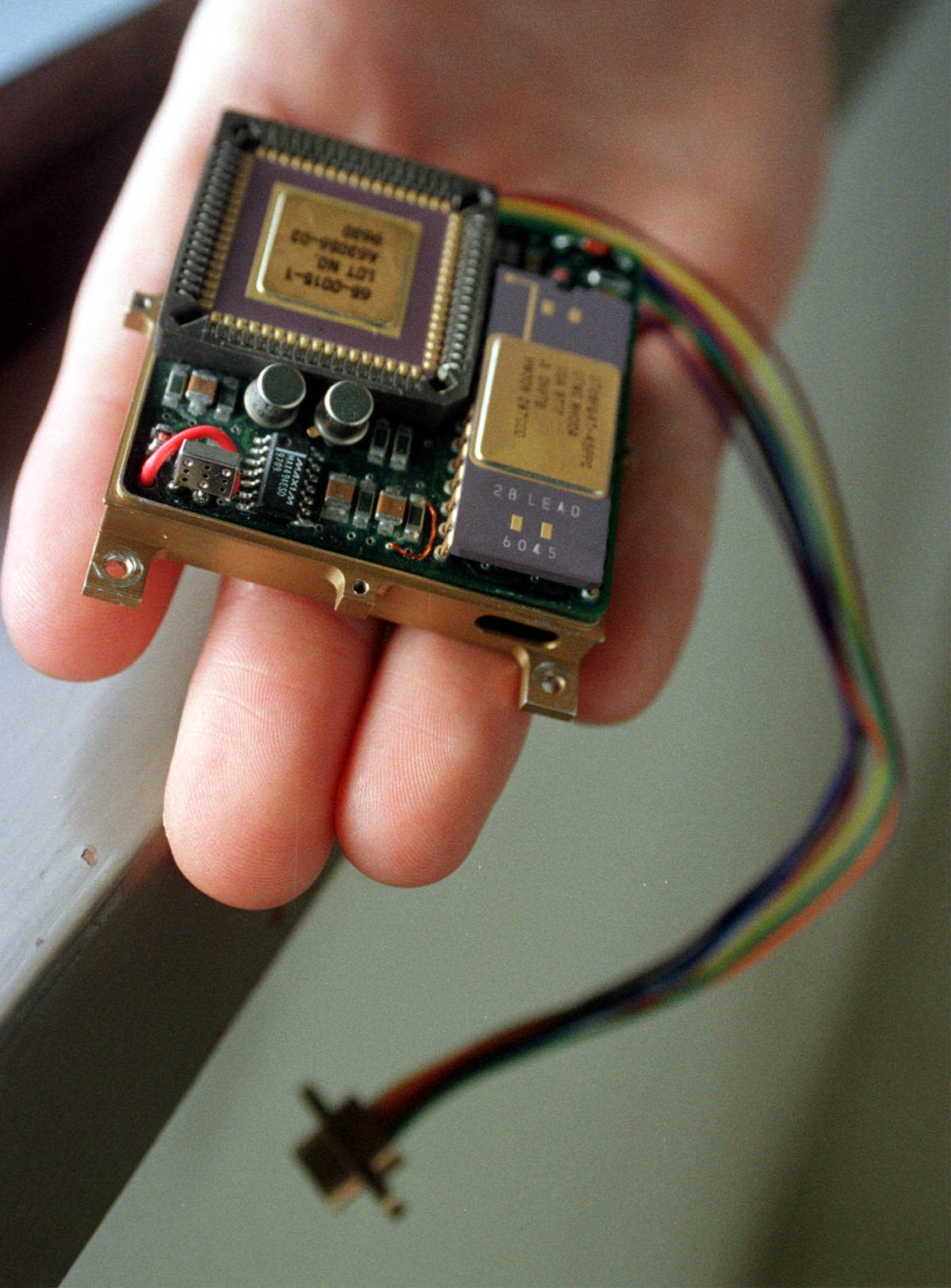
- Seed funding from The Planetary Society helps launch SETI@home, a global program allowing anyone to donate spare computer power to the search for radio signals from intelligent life. Millions of people would participate in the program until its end in 2020.
Space Events
1990
- Before permanently powering down its cameras, Voyager 1 turns around and takes a portrait of our solar system, capturing Earth as a pale blue dot scattered in sunlight. Carl Sagan’s moving description of the image becomes forever associated with it.
- Space Shuttle Discovery launches the Hubble Space Telescope. Early images show that the mirror is out of alignment and that a corrective optics package will need to be installed.
- Japan launches its first lunar mission, Hiten.
- NASA’s Magellan spacecraft arrives at Venus to map the surface with radar, revealing the first detailed global look beneath the planet’s clouds.
1992
- Mae Jemison becomes the first Black woman to travel in space.
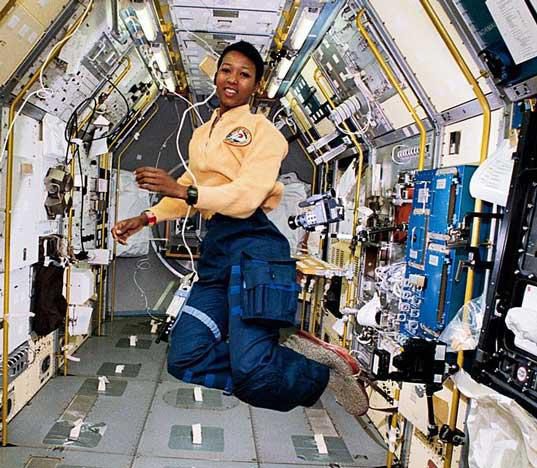
1993
- Contact is lost with NASA’s Mars Observer spacecraft just before arrival, facilitating the formation of the agency’s Mars Exploration program. Decades of successful Mars exploration occur as a result.
- Astronauts aboard Space Shuttle Endeavour repair the Hubble Space Telescope.
1994
- Comet Shoemaker-Levy 9 slams into Jupiter, marking the first time humans have watched an object strike another world. The incident provides a sobering reminder that such objects can similarly impact Earth.
1995
- NASA’s Galileo spacecraft arrives at Jupiter.
- Scientists confirm the first existence of an exoplanet orbiting a Sun-like star.
- A new era of U.S. and Russian space cooperation begins with the Shuttle-Mir program, for which Russians ride on the Space Shuttle, and the shuttle begins visiting Mir. The program paves the way for the International Space Station.
- Russian Valeri Polyakov sets the record for the longest single trip in space: 438 days.
1997
- NASA’s Pathfinder spacecraft lands on Mars and successfully deploys the Sojourner rover. It is the first successful U.S. Mars mission in 21 years. NASA names the landing site the Carl Sagan Memorial Station.
- NASA’s Cassini spacecraft launches to Saturn.
1998
- Russia launches the first module of the International Space Station, Zarya.
1999
- Eileen Collins becomes the first woman to command a Space Shuttle flight.
- The 1900s end with Space Shuttle Discovery landing on 28 December 1999, allowing NASA to power off all Space Shuttles before New Year’s Eve in case of Y2K software glitches.
The 2000s
The new millennium began with a strong outlook for planetary exploration. Although NASA launched no new high-cost flagship missions, more than 10 spacecraft began journeys to other worlds. Half were Mars-bound. The Spirit and Opportunity rovers, named through a contest implemented by The Planetary Society, would far exceed their design lifetimes on Mars, while New Horizons, the product of a new midcost NASA mission program, blasted off for Pluto. The Planetary Society fought tirelessly to get a Pluto mission to the launch pad.
The Society’s Red Rover Goes to Mars program sent 16 students to JPL to work in mission operations for Spirit and Opportunity, while our Visions of Mars project sent a DVD library to Mars aboard NASA’s Phoenix lander in 2007. It remains there, waiting for retrieval by future astronauts. We also attempted a space mission of our own in 2005; Cosmos 1 would have been the world’s first solar sail spacecraft had the Russian rocket carrying it not failed. The loss of Cosmos 1 led to LightSail, a pair of crowdfunded spacecraft that would demonstrate the power of solar sailing for small, standardized satellites called CubeSats.
Society Events
2002
- Planetary Radio, the Society’s weekly radio show hosted by Mat Kaplan, premieres. Episodes from the show’s entire history can be found on our website.
2004
- The Society provides outreach for NASA’s Mars Exploration Rover mission by teaming with LEGO to create the Red Rover Goes to Mars program. Among other accomplishments, the program sends students to work on rover missions at JPL. One student, Abigail Fraeman, ends up becoming the deputy project scientist for the Spirit and Opportunity rovers.
- The NASA and European Space Agency (ESA) Cassini-Huygens mission arrives at Saturn, bearing a CD containing handwritten signatures of Planetary Society members and supporters.
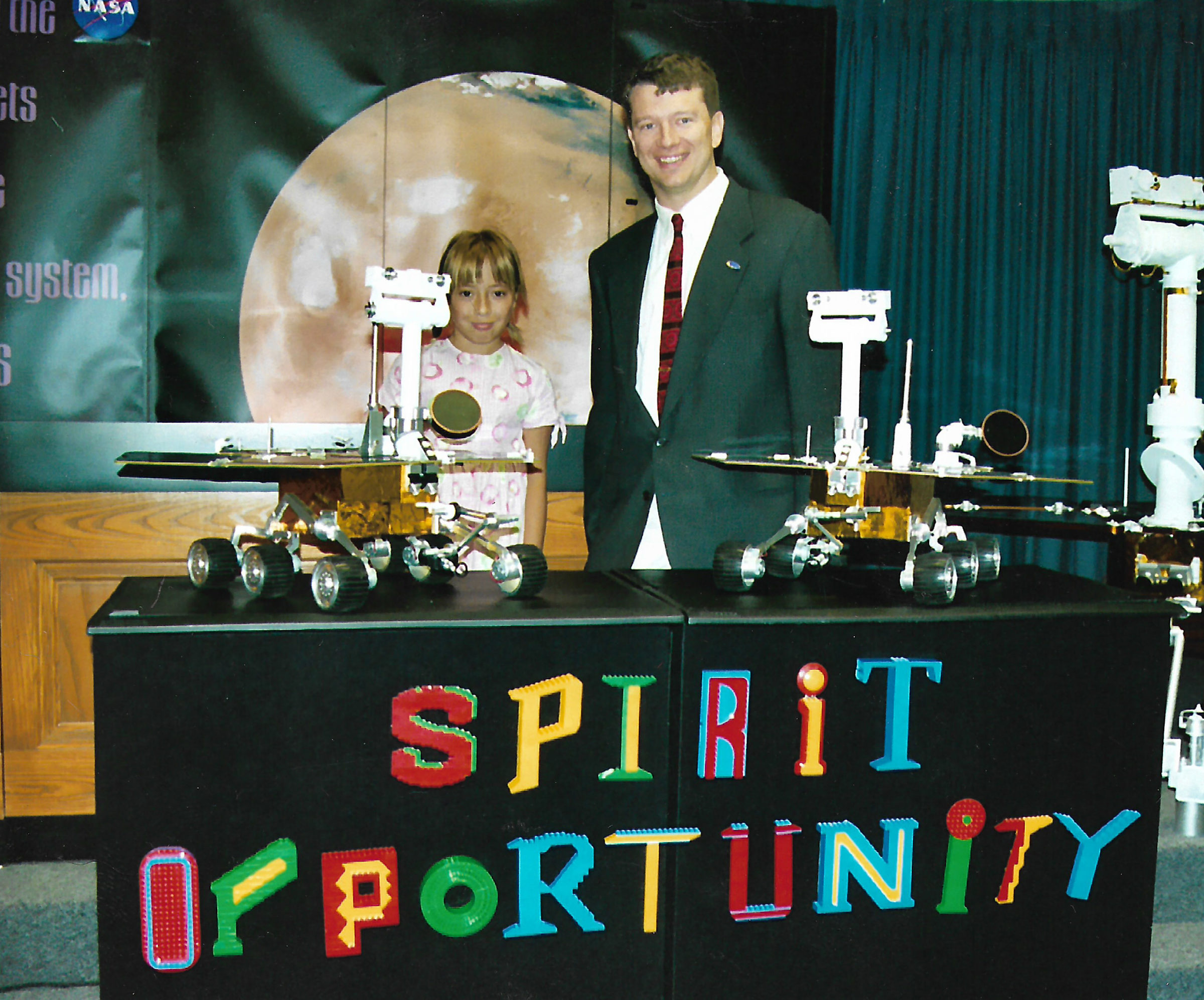
2005
- Cosmos 1, The Planetary Society’s first solar sail mission, launches from a Russian Volna rocket but fails to reach orbit.
2006
- In partnership with Harvard University, The Planetary Society sponsors a new telescope dedicated to an optical SETI search, looking for light signals from intelligent beings.
2007
- NASA’s Phoenix spacecraft lands on Mars with our archival disc containing names of Planetary Society members and supporters, a library of fiction and nonfiction books, artwork, and essays about Mars.
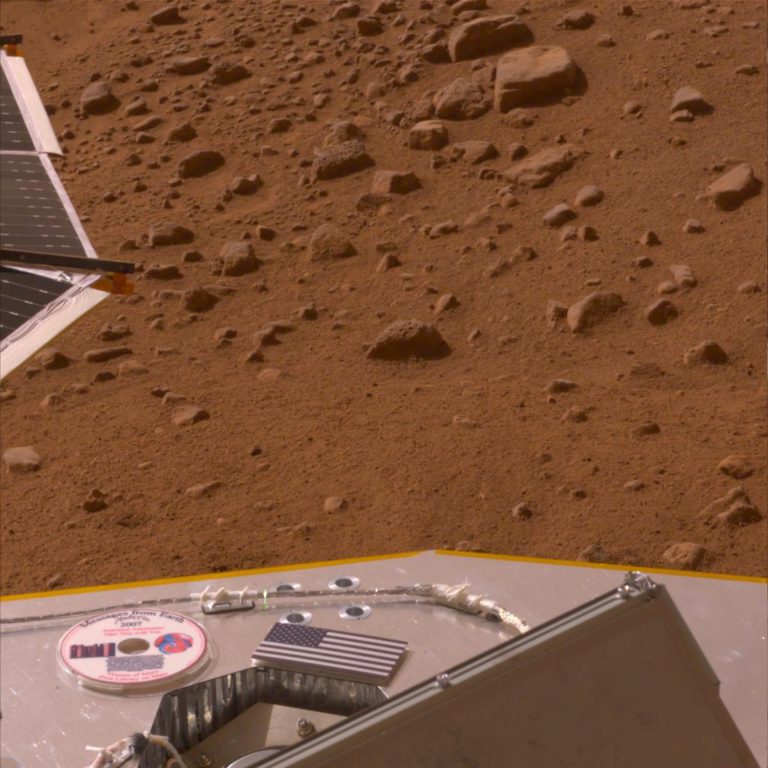
2009
- The Planetary Society cosponsors the Planetary Defense Conference in Granada, Spain. To date, we have cosponsored conferences in Romania, Italy, Tokyo, and the U.S.—all in service of defending our planet from dangerous asteroids and comets.
- On what would have been Carl Sagan’s 75th birthday, The Planetary Society announces LightSail, a program to demonstrate the power of solar sailing for small, standardized satellites called CubeSats.
- The Society begins funding exoplanet programs led by Yale’s Debra Fischer, leading to improvements in the way scientists search for planets around other stars.
Space Events
2000
- Expedition 1, the first long-duration mission to the International Space Station, begins with a joint Russian-American crew. The station has been occupied continuously ever since.
2001
- NASA’s NEAR spacecraft lands on asteroid Eros.
2003
- China performs its first human spaceflight as Yang Liwei reaches orbit aboard Shenzhou 5.
- Space Shuttle Columbia disintegrates during atmospheric reentry, killing all 7 crew members.
2004
- NASA’s Spirit and Opportunity rovers land successfully on Mars. They far exceed their 90-day design lifetimes; Spirit’s mission formally ends in 2010, while Opportunity’s ends in 2019.
- ESA sends its first spacecraft, SMART-1, to lunar orbit.
- ESA’s Rosetta spacecraft launches to comet 67P/Churyumov– Gerasimenko.
- SpaceShipOne becomes the first private vehicle to carry humans beyond the boundary of space.
- The joint NASA-ESA Cassini- Huygens mission arrives at Saturn.
2005
- After separating from Cassini, Huygens lands on Saturn’s moon Titan and captures the first images from the surface.
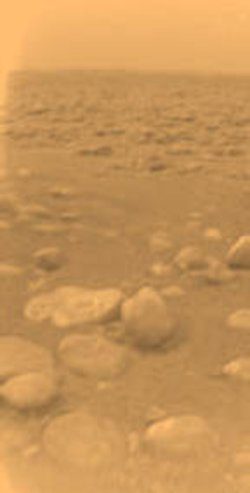
- NASA’s Deep Impact spacecraft hurls an impactor into comet Tempel 1, ejecting a plume of ice and dust that allows scientists to peer beneath the surface of a comet.
2006
- NASA’s Stardust mission returns particles from the coma of a comet to Earth. Both the spacecraft and the return capsule contain the names of Planetary Society members.
- NASA’s New Horizons spacecraft launches to Pluto with a CD of 430,000 names that includes a Planetary Society member roster.

2007
- Chang’e-1 becomes China’s first planetary mission beyond Earth orbit.
2008
- India’s first planetary mission, Chandrayaan-1, arrives in lunar orbit.
2009
- NASA’s Lunar Reconnaissance Orbiter (LRO) launches to the Moon to collect detailed high-resolution surface images. Its rocket stage and a second spacecraft are intentionally smashed into the Moon, creating a debris plume that allows scientists to look for water.
The 2010s
The 2010s began with a changing of the guard as cofounder Lou Friedman retired and was succeeded by CEO Bill Nye, The Science Guy—a Society charter member who was inspired by Carl Sagan when he took one of Sagan’s astronomy classes at Cornell University. In 2015, The Planetary Society’s LightSail 1 spacecraft successfully tested its solar sail deployment mechanism in space. Four years later, LightSail 2 launched aboard a SpaceX Falcon Heavy rocket and used sunlight alone to change its orbit, demonstrating the feasibility of controlled solar sailing for small spacecraft.
Hastened by the economic crisis of 2008, the 2010s would see NASA’s budget bottom out at lows not seen since shortly after The Planetary Society’s founding. We undertook multiple advocacy campaigns to keep NASA’s planetary exploration program from stalling, including years of advocacy that helped get NASA’s Europa Clipper mission approved in 2015. By the end of the decade, NASA and planetary exploration budgets were once again on the rise.
Society Events
2010
- Planetary Society members begin funding an asteroid deflection technology named Mirror Bees, later to be known as Laser Bees.
- Lou Friedman retires as The Planetary Society’s executive director, and Bill Nye takes the helm as CEO.
2011
- A Planetary Society experiment called LIFE is sent to space and back during Space Shuttle Endeavour’s last flight. LIFE, the Living Interplanetary Flight Experiment, tested the idea that a living organism might survive a journey through space to Earth inside a meteorite.
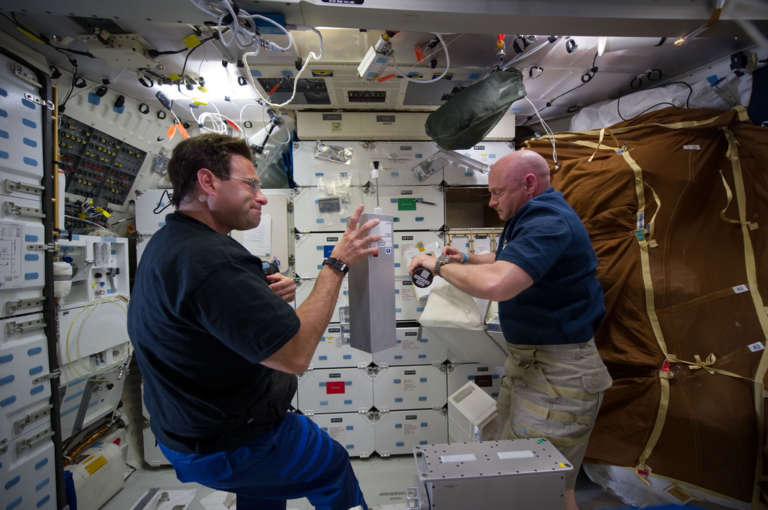
2012
- Planetary Society funding helps scientists figure out why Pioneer 10 and 11 are slowing down slightly as they head out of the solar system—a phenomenon known as the Pioneer Anomaly.
2013
- Planetary Society cofounder Bruce Murray dies at the age of 81.
2014
- Funding begins for Exoplanets Laser, a cutting-edge calibration system used by telescopes searching for Earth-sized planets around other stars.
- The Planetary Society announces 2 launches for its LightSail program: one in 2015 and another scheduled for 2016.
2015
- After years of Planetary Society advocacy, NASA officially commits to a dedicated Europa mission.
- Planetary Deep Drill, a Society-sponsored technology for collecting samples from deep beneath planetary surfaces, is successfully tested in a California gypsum quarry.
- LightSail 1 deploys its solar sail in Earth orbit and completes a successful test flight.
2017
- The Society helps form the Planetary Science Caucus, a bipartisan coalition of U.S. congressional members who advocate for NASA’s planetary exploration work.
2018
- Testing for Honeybee Robotics’ PlanetVac, a Society-sponsored sample collection technology, occurs in California’s Mojave Desert aboard a Masten Xodiac rocket. NASA has since selected PlanetVac for inclusion on a future lunar mission.
2019
- The Planetary Society organizes its first annual Day of Action, which brings nearly 100 members from across the U.S. to Washington, D.C. to speak with their congressional representatives about supporting space exploration.
- LightSail 2 becomes the first spacecraft to demonstrate controlled solar sailing in Earth orbit.
Space Events
2011
- Space Shuttle Atlantis flies the program’s final mission. No crewed orbital vehicles would launch from the U.S. until 2020—the longest such gap in history.
- NASA’s MESSENGER probe becomes the first spacecraft to enter orbit at Mercury.
- NASA’s Dawn spacecraft becomes the first orbiter of a main-belt asteroid.
2012
- NASA’s Curiosity spacecraft lands on Mars using a new entry, descent, and landing sequence that includes a rocket-powered “skycrane” that lowers the rover to the ground via nylon cables.
- Liu Yang becomes the first Chinese woman to fly in space, launching aboard Shenzhou 9.
2013
- NASA reactivates its WISE spacecraft as NEOWISE and gives it a new mission to detect, track, and characterize moving solar system objects, including potentially dangerous near-Earth asteroids.
2014
- Virgin Galactic’s SpaceshipTwo spaceplane breaks apart over California’s Mojave Desert, killing one crew member and injuring the second.
- India’s first Mars mission, Mangalyaan, arrives safely in orbit.
- ESA’s Rosetta probe becomes the first spacecraft to orbit a comet. Its lander, Philae, unintentionally bounces upon impact and is later found resting in a crevice.
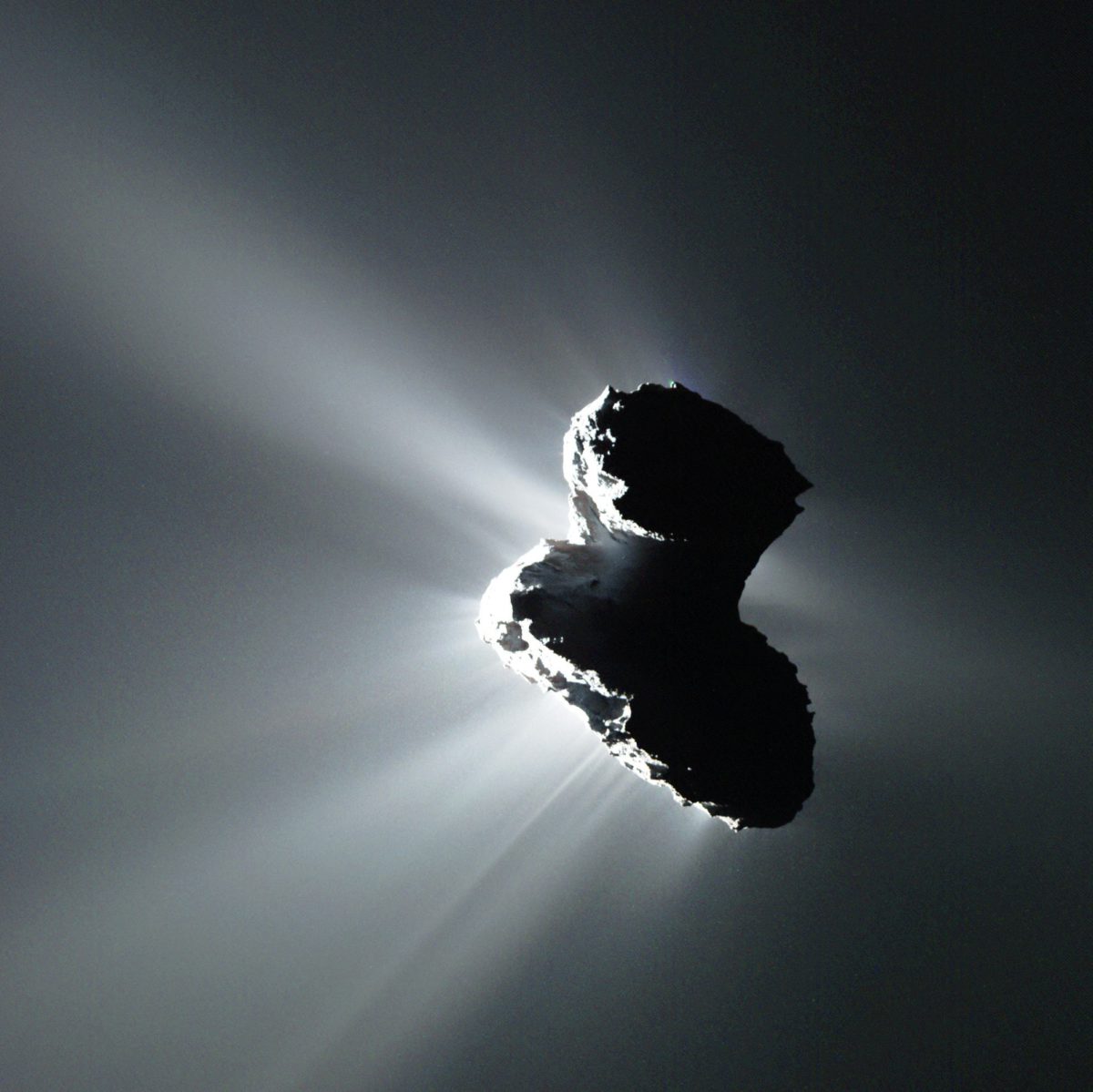
2015
- NASA astronaut Scott Kelly and Russia’s Mikhail Kornienko begin a 1-year mission aboard the International Space Station.
- NASA’s New Horizons spacecraft flies past Pluto, turning what was before a blurry smudge of light into a complex world with icy dunes, plains, and mountains.
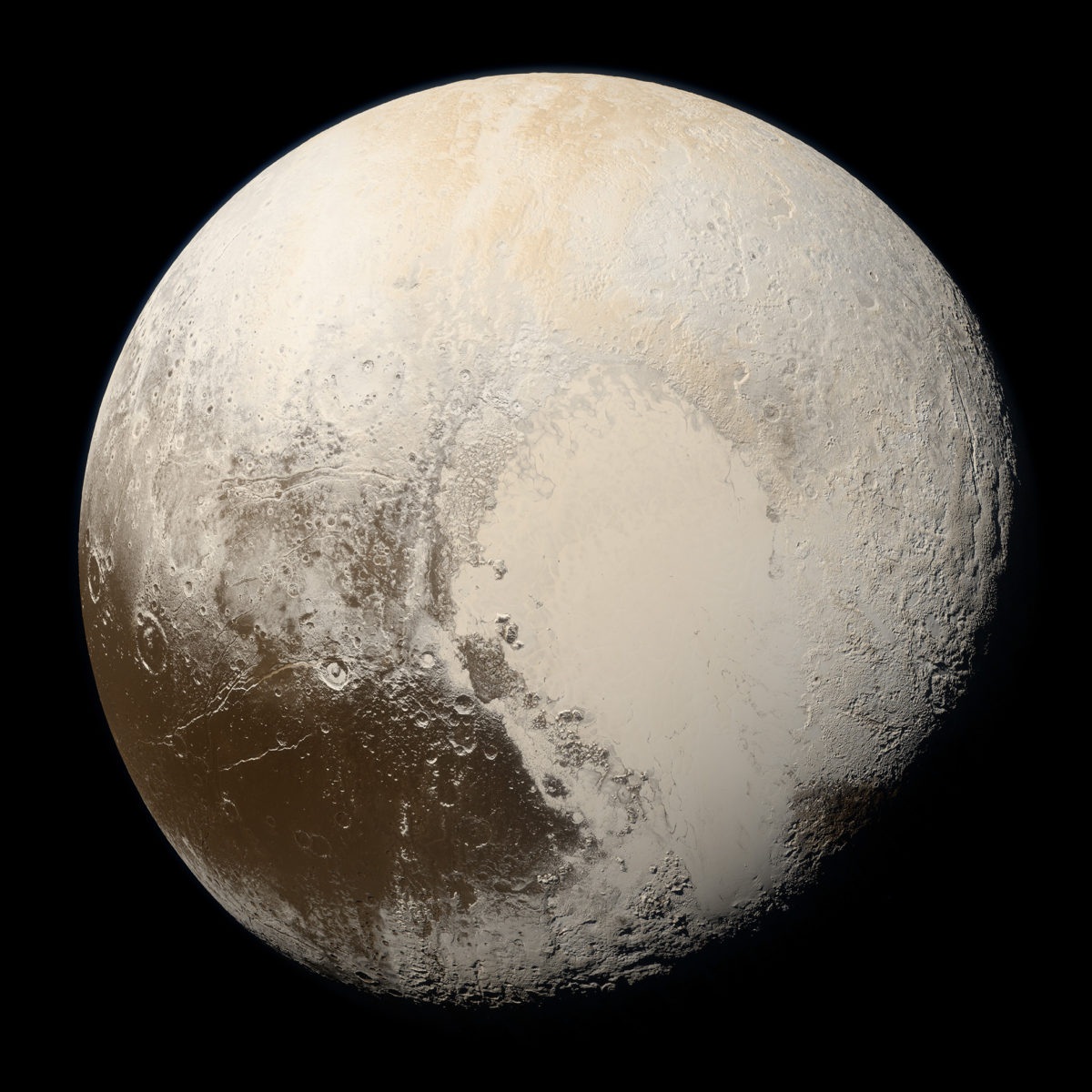
- Russia’s Gennady Padalka sets the record for the most cumulative time in space at 879 days, accumulating the time during 5 different stays on Mir and the ISS.
2016
- NASA announces that 2 microphones will fly on its Mars Perseverance Rover. The Planetary Society began advocating for and working on early Mars microphones in 1996.
2017
- NASA astronaut Peggy Whitson sets the record for the most cumulative time in space—more than 665 days—by an American and by a woman. She racks up the time during 3 stays on the ISS, and during one, she is its first woman commander.
2019
- Israel and India attempt robotic lunar landings, but both spacecraft crash during their final descents to the surface.
- China’s Chang’e-4 spacecraft and Yutu-2 rover complete the first landing on the far side of the Moon.
- NASA formally establishes a planetary defense program within its planetary science division. The program supports both ground-based near-Earth object detections and missions to test deflection and detection capabilities.
The 2020s
The Planetary Society began the 2020s with an operational spacecraft in orbit. To celebrate LightSail 2’s first year in space, we announced an extended mission dedicated to further advancing solar sail technologies. The mission team will continue tuning the spacecraft’s performance, will investigate using the solar sail to intentionally generate drag, and will share mission results with the public. Soon, we will begin to accept proposals on our next crowdfunded sci-tech project.
The 2020s have the potential to be one of the most exciting decades ever for planetary exploration. NASA’s Perseverance rover will directly search for signs of past life on Mars, something the agency has not done since the 1970s Viking missions. NASA’s Europa Clipper and ESA’s JUpiter ICy moons Explorer (JUICE) missions will explore the habitability of Jupiter’s icy moons. NASA and its international partners are planning to return humans to the Moon.
The Planetary Society’s latest strategic framework sets ambitious new goals to advance space science and exploration and truly make space for everyone, but our core vision as spelled out by Lou Friedman, Bruce Murray, and Carl Sagan 40 years ago has not changed. We will explore new worlds, search for life, and defend our planet from asteroids. Let’s go!
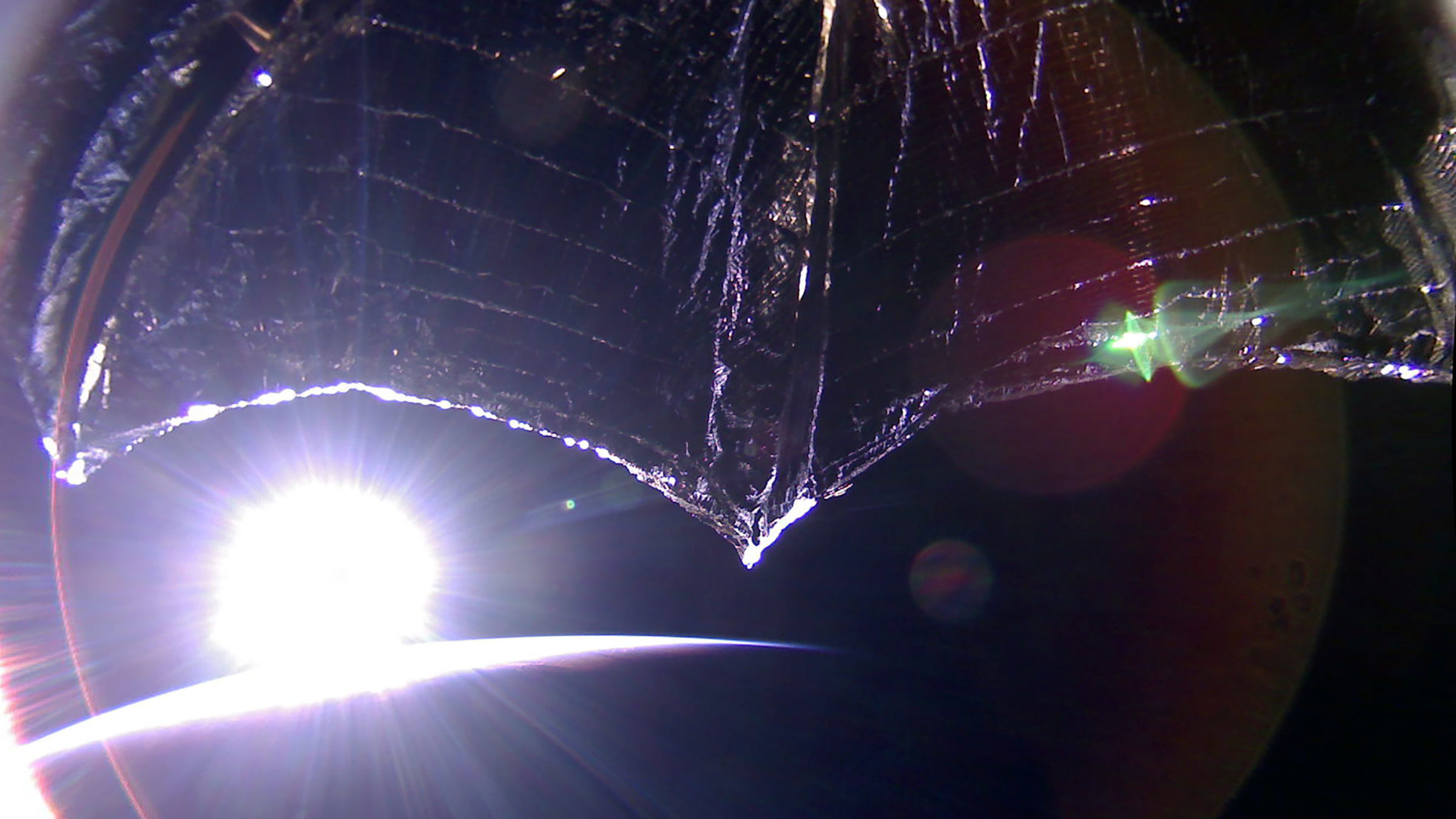
Space Events
2020
- NASA’s OSIRIS-REx spacecraft collects a sample of asteroid Bennu for return to Earth.
- China launches its Chang’e-5 lunar sample return mission in December. It is the first mission to return samples from the Moon since the 1970s.
- Japan’s Hayabusa2 spacecraft returns its samples of asteroid Ryugu to Earth in December.
- Private company SpaceX launches 2 NASA astronauts to the International Space Station.
2021
- A fleet of spacecraft launched by the United States, China, and the United Arab Emirates arrive at Mars.
- China launches the first module of its new Tianhe space station.
- NASA’s first Space Launch System (SLS) rocket launches, sending the Orion crew capsule to lunar orbit and back. SLS and Orion are cornerstones of the agency’s Artemis moon-landing program. One of the mission’s secondary payloads is NEA Scout, a solar-sail-propelled spacecraft that will visit a nearby asteroid.
- NASA launches the James Webb Space Telescope, a multipurpose observatory that will, among other things, scan the atmospheres of planets orbiting other stars.
- NASA’s Lucy mission launches on a 12-year journey to visit 8 asteroids.
2022
- ESA’s JUICE spacecraft launches to Jupiter.
- NASA launches Psyche, a mission to a metal asteroid believed to be the exposed core of a protoplanet.
- ESA’s ExoMars Rosalind Franklin rover launches to Mars.
2023
- OSIRIS-REx returns to Earth carrying samples of asteroid Bennu.
2024
- Japan’s MMX (Martian Moons Exploration) spacecraft launches to survey Mars’ moons and to collect a sample from Phobos.
- NASA launches the Europa Clipper mission in the mid-2020s. The exact date depends on which launch vehicle the agency selects.
- NASA lands the first woman and next man on the Moon under a 2019 directive from the Trump administration. The highly aspirational date is likely to slip.
2026
- NASA and ESA launch 2 missions to Mars to retrieve the samples collected by NASA’s Perseverance rover for return to Earth.
Mars Sample Return, an international project to bring Mars to Earth
Despite advances in space technology, certain science questions, including whether or not a Mars rock contains signs of ancient life, can only be answered in Earth-based laboratories.
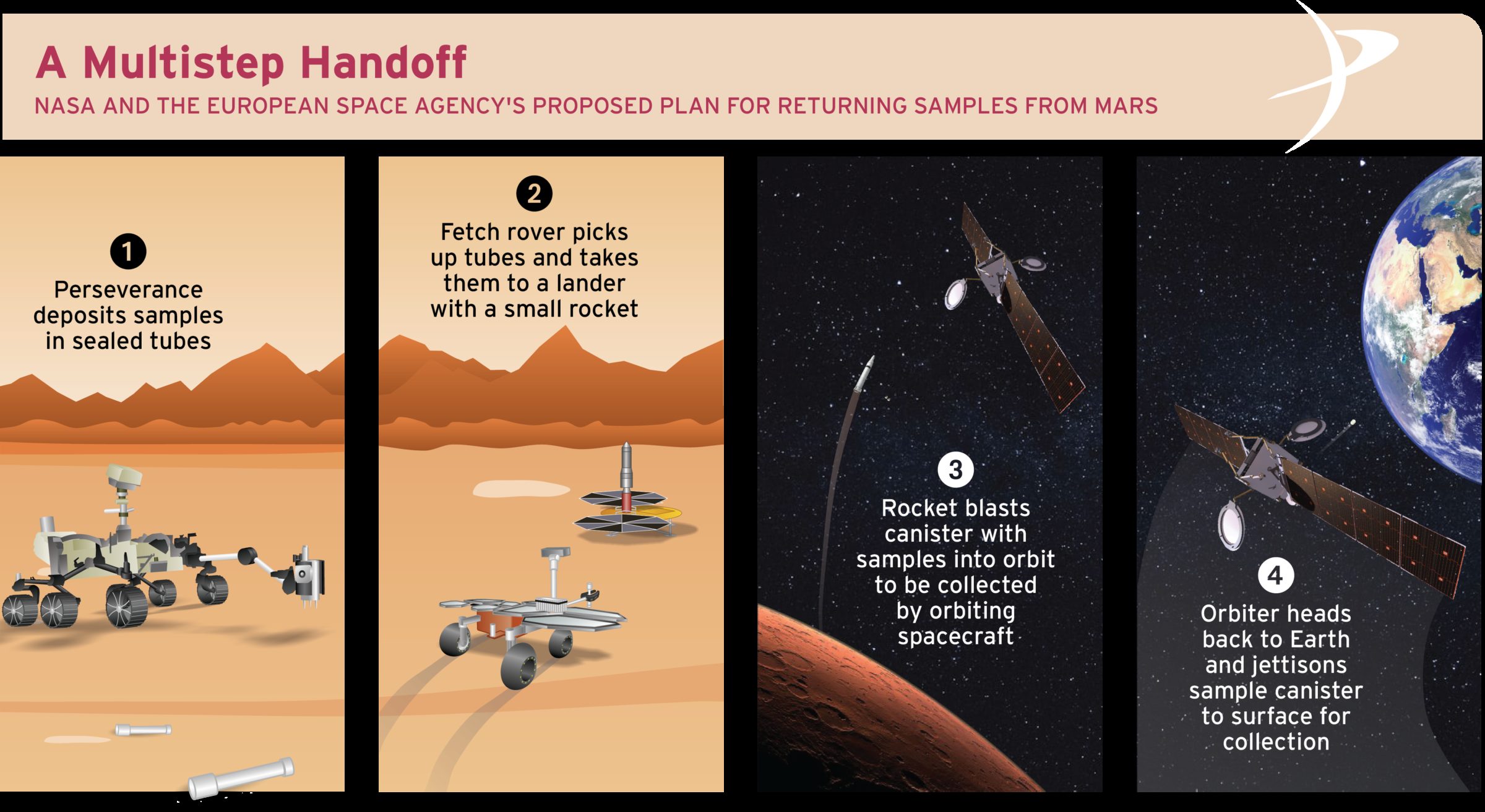
- Psyche arrives at its same-named metal asteroid, Psyche.
- NASA’s Dragonfly spacecraft launches on a mission to Saturn’s moon Titan. The flying motorcraft will land in 2034.
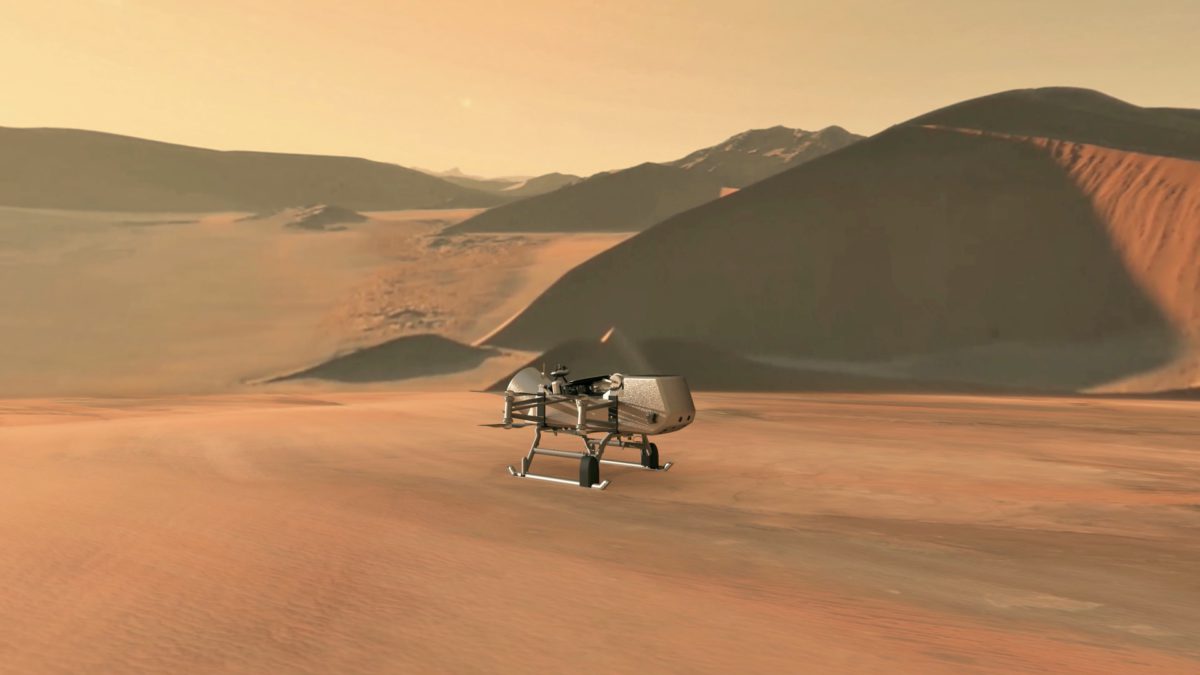
2029
- JUICE arrives at Jupiter to begin a 3-year survey of Ganymede, Callisto, and Europa.
Support our core enterprises
Your support powers our mission to explore worlds, find life, and defend Earth. You make all the difference when you make a gift. Give today!
DonateThe Planetary Report • September Equinox
Help advance space science and exploration! Become a member of The Planetary Society and you'll receive the full PDF and print versions of The Planetary Report.


 Explore Worlds
Explore Worlds Find Life
Find Life Defend Earth
Defend Earth







